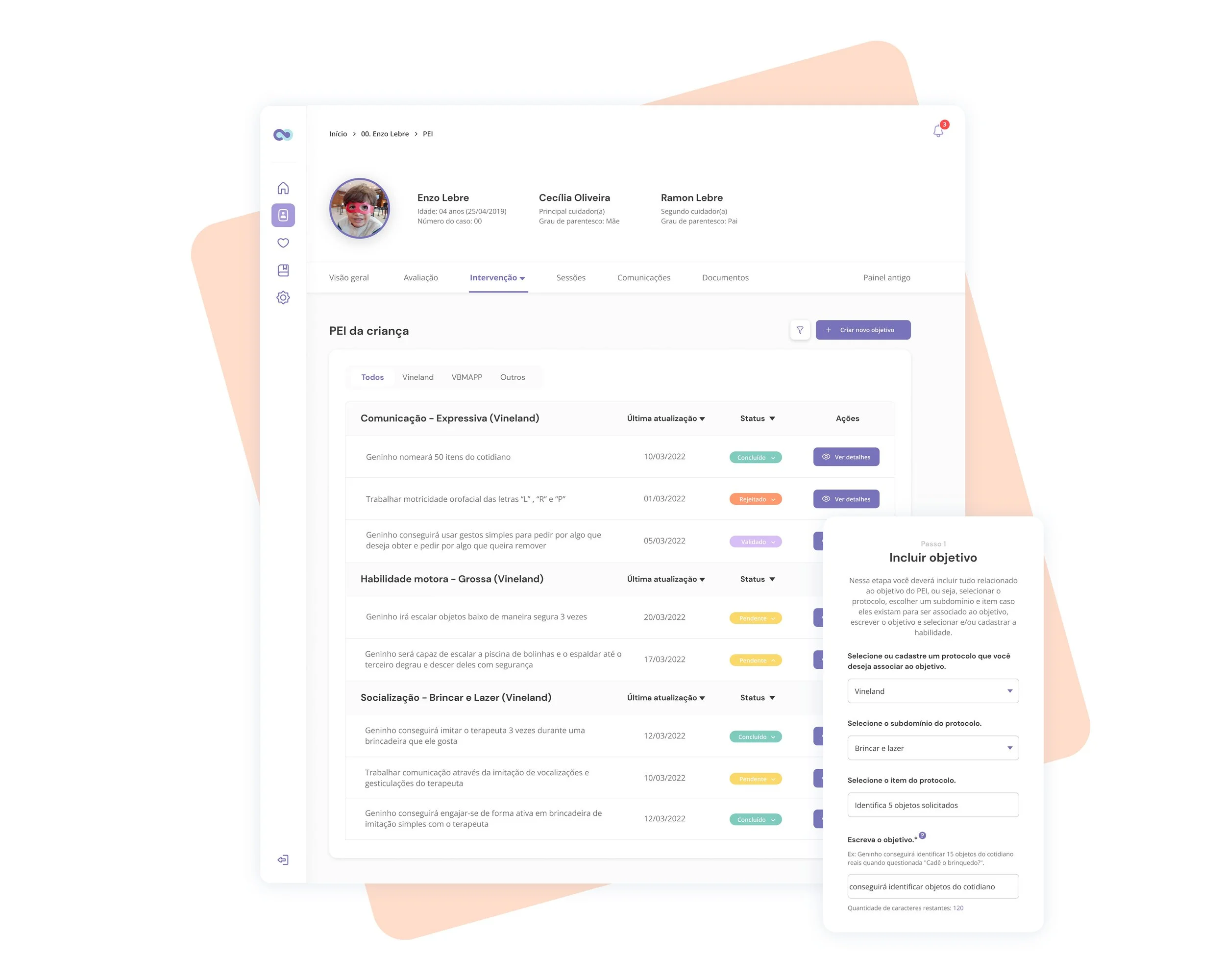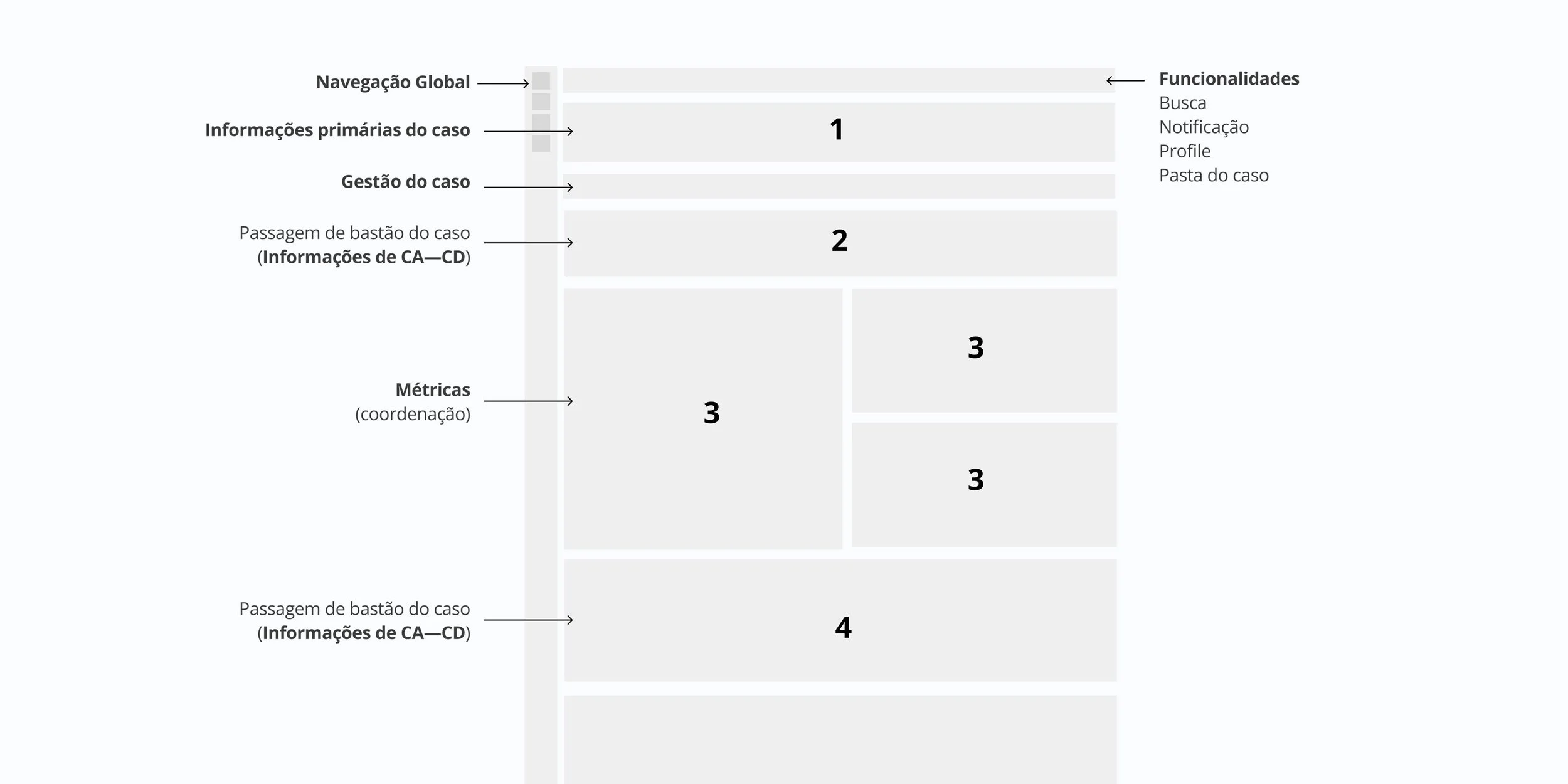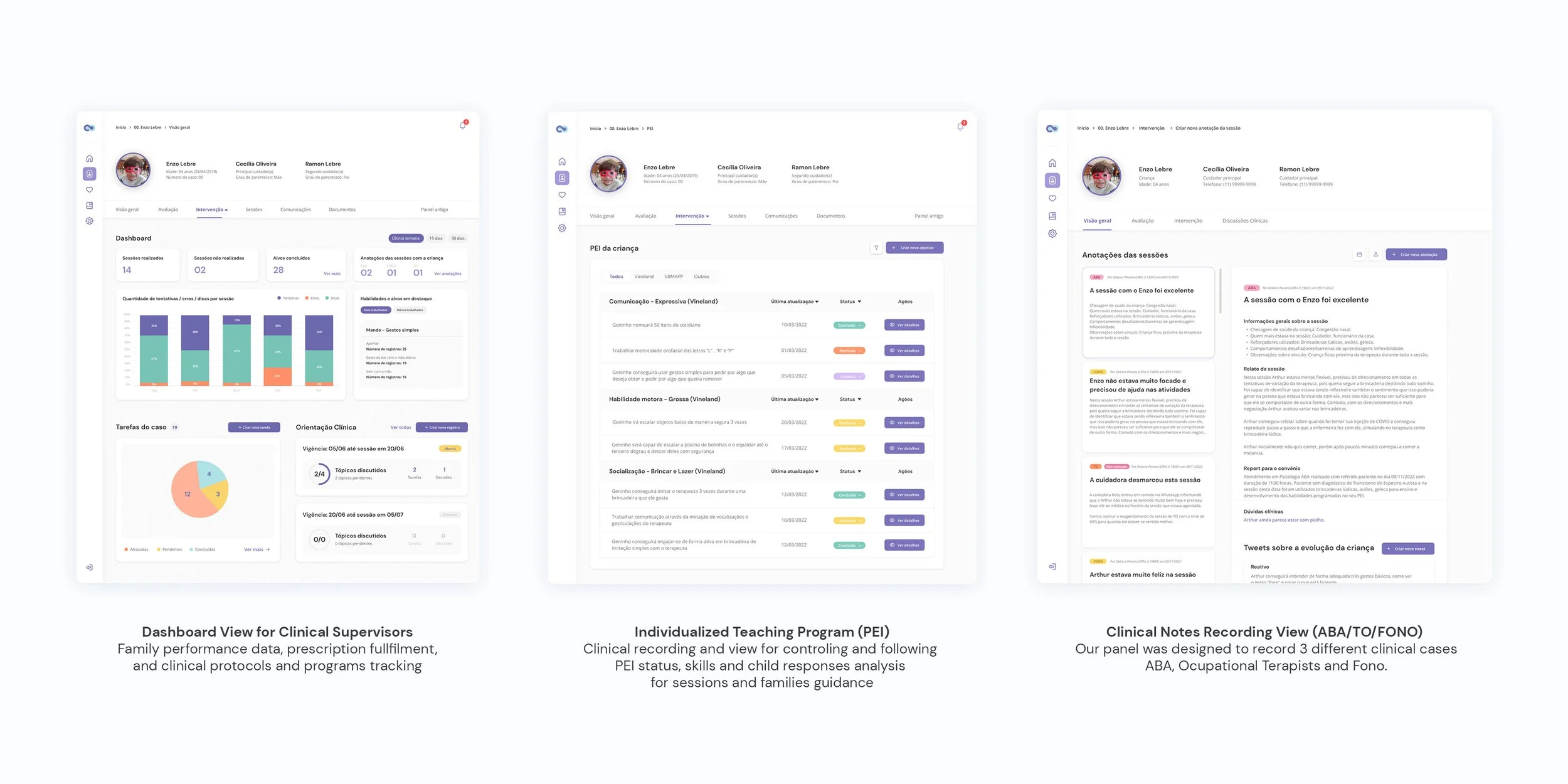Autism Clinical Data
Collection Platform
My role
Product Thinking, Information Architecture, Interaction, UX/UI design, Prototyping & testing
Duration
4 weeks (MVP)
12 weeks (v1.0)
Platform
Desktop
Responsive
Team
2 Designers, 1 Product manager, 1 Clinical, 4 Engineers
The opportunity
At Genial Care, we empower families to achieve their full potential in autism journey.
When our participants are on-boarding, they are asked to enter what we call a “big picture” goal. These are goals that a participant cares about deeply. Because big picture goals are achieved in the long term, we get participants to set a proximal goal, which are smaller goals that can help them reach their “big picture” goal e.g. “My son, Enzo could eat alone 2 times this month”. Although proximal goals are smaller than big picture goals, they can still take some time to achieve.
It is important to understand first that Genial Care provide a service for autist families with a combination of 3 core clinical disciplines ABA (Analysis Behavior), OT (Sensorial and Occupational Therapy), Fonoaudiology. In our clinical structure team, for each family we offered 1-2 therapists, 1 coordinator and 1 supervisor.
As you can imagine, data are the center of our service. As requirement, managing data helped clinicians to understand and control practice management.
At Genial Care, (i) Therapists needed to collect their interaction with children (ii) Coordinators helped therapists to solve families needs with orientation and case reviews and (iii) Supervisors needed to evaluate each family the quality of intervention and following what is possible to achieve fast the family goals.
In that time, it was completely necessary for clinicians to had an platform that optimize and combines data collection with clinical practice for all-in-one solution.
In resume, our expectation was to collect child skill acquisiton with different kinds of recording like (i) Duration target, (ii) DTT target, (iii) Task analysis target, (iv) Quantity and Anedoctal data, and other features like (v) Graphing, (vi) separate baseline and maintenance data for (vii) progress report automation.
Information architecture and navigation layers challenges
At the beginning we knew that could happen some information architecture challenges because the volume of families, cliniciais, recording per day and per direct sessions. We started the MVP with 4 navigation levels (i) global (ii) families (iii) parent training vs direct sessions (iv) 3 clinical disciplines recording (ABA/OT/Fono) as I mention before.
We had to save time in the beginning, so we drew som low-fidelity wireframe and then medium-fidelity ones. The result was awesome because the product team started to visualize all-in escope, navigation levels, features, opportunities and engineering challenges aswell.
The core of clinician experience
After wireframing, we was secure to design high-fidelity templates and views from the scratch like (i) dashboard with real time graphing experience to accelerate clinical understanding, analysis and trade-offs for what to do next with families (ii) PEI - Individualized Education Program - it is the most important clinical plan with big picture goals, proximal goals and small goals and skills that parents expected of the child envolve (iii) therapist clinical recording, like notes and attempts for each skills from parent training and direct child sessions.
The result you can see below, some high-fidelity screens that we validate with clinicians using Figma and Maze.
Managing opportunities and feedback
In order to keep envolving, we worked very close from clinicians to understand what they thought about prototype, listening insights and feedbacks about the everything.
In resume, they really liked because everything that they worked at first came from 15 different manual spreadsheets on Google Drive, very common approach for any early-stage startup. When we designed an experience that combine in all-in-one-solution, they simply loved.
For sure, there was a lot of new opportunities and different ways to execute a feature or showing a data, but it was a great time for everybody in general.
It was really useful to a product trio and start to use an product discovery tree and kano model approach. We had to map all big opportunities and than define a breakdown layers with KPI, just to guarantee the direction and vision for product trio and OKRs, an great priorization, quality on the releases and the connection with bussiness goals aswell.
Challenges beyond scaling
We knew that there ate not platform like that for autism in the world. At Genial, we had to work faster in experience, technology and data simultaneously.
It was really great for designer to work close from clinicians. But I may say that it was not easy for clinicians to work with product and tech professionals. The main cultural challenge at Genial was the lack of understanding from clinicians about different layers of scrum management, sprint, documentation, OKRs, enablers, KPIs and every methodology or a simple Atlassian Jira task could make them really anxious.
In fact, clinicians had a lot of families information and conditions to worry in their day. We had to design an clinical team structure with some great talented and seniors professionals to make this communication between product and clinical vision. Some of them started to work even close from engineers and designers, helping and defining team goals and roadmap.
We tracked some new tickets from Zendesk with customer service team and new challenges appears by themselves like (i) scheduling and sessions/meeting agenda (ii) lack of therapists in a service (iii) lack of qualified clinicians for new families (iii) families looking to reduce costs using health care plans and others.
In that period, it was good to know hear that because, as we are growing, some challenges are solved and then another ones came appear. We just knew that our data collection platform achieve the MVP goals, so it depends on still improving the experience as a continuous environment.
In the beginning, as a group motivation, we desired to reduce clinician anxiety about the lack of data delivering a consistent experience. That was really valuable for the product trio.
Improving clinical quality and outcomes
At Genial Care, our mission was guarantee children evolution and helping them to achieve their big picture goals. When we discussed about quality, we wished that was close to 100%. To make this happen we believed it was necessary to have (i) the best autism clinicians from the country (ii) the best autism data recording and collection (iii) technology and design to provide the best graphing engine and great user friendly experience for clinicians and families.
In the past, families suffered with lack of diagnosis, they received 10 different clinical fragmented reports without a specific and close approach for their needs and deal with a lack of clinics. Regular follow up it was not a reality.
At the moment, there are +200 families in Brazil getting the best world class autism service with parent training, direct child sessions and data in the center of their experience. Families have now someone to trust and keeping going in autism journey. They have continuous follow up, they could know where they are, what could happen in the next 3-6 months or a year. Our service and products can provide a clinical forecast about where parent could expand their time and what could work better for their child.
Probably, Genial Care are planning to scale for Latin America and US just to stay focus on helping families into achieve their goals and creating better life quality and well-beign.





